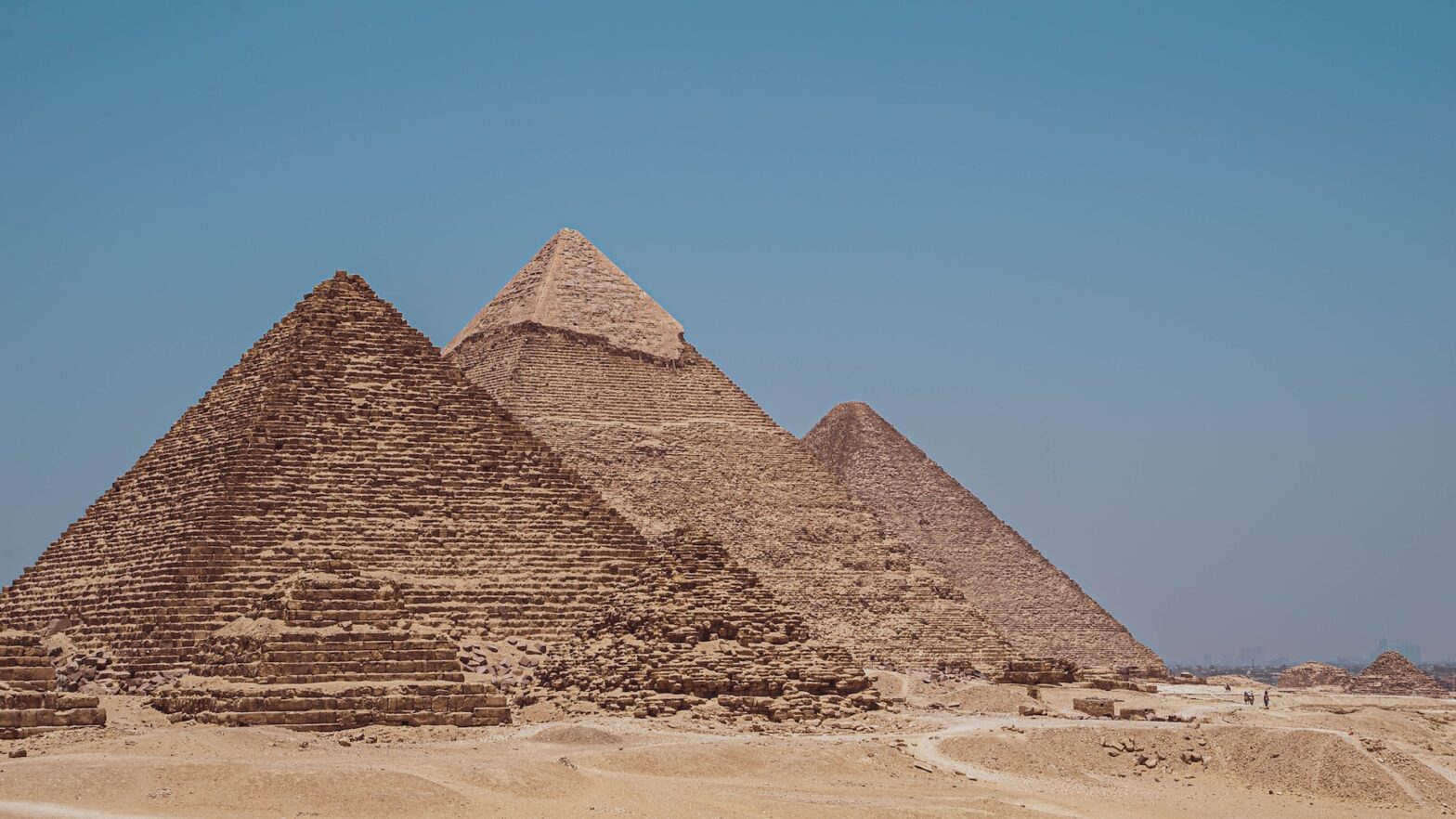If you’re not very familiar with the wonders of the world it might be nerve-wracking to hear that there are seven ancient wonders, seven new wonders and what people now refer to as the eight wonders of the world. Let’s break it down a bit. The Wonders of the World refer to lists compiled over the centuries that identify remarkable man-made structures, monuments and sites across the globe. Two main lists are commonly referred to: The Seven Wonders of the Ancient World and The New Seven Wonders of the World.
What Are the Seven Wonders of the Ancient World?
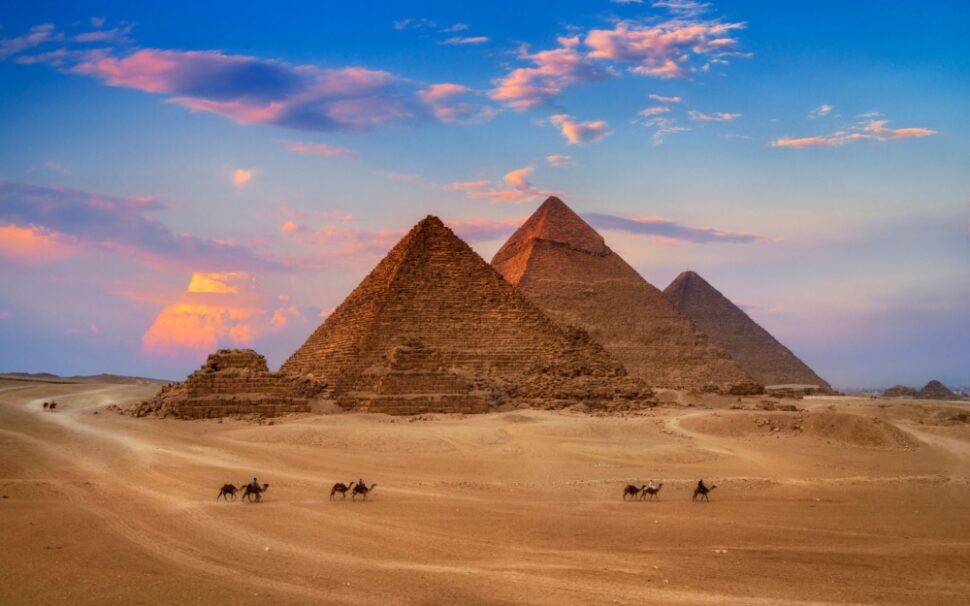
Widely known as the original list, The Seven Wonders of the Ancient World was created in the 2nd century BCE by ancient Greek historians and scholars. It highlighted the most impressive creations from early civilizations in the Mediterranean world and the Middle East, including the following sites: The Great Pyramid of Giza, The Hanging Gardens of Babylon, The Temple of Artemis at Ephesus, The Statue of Zeus at Olympia, The Mausoleum at Halicarnassus, The Colossus of Rhodes and The Lighthouse of Alexandria. Only one ancient wonder still stands today – the Pyramids of Giza.
What Are the New Seven Wonders of the World?
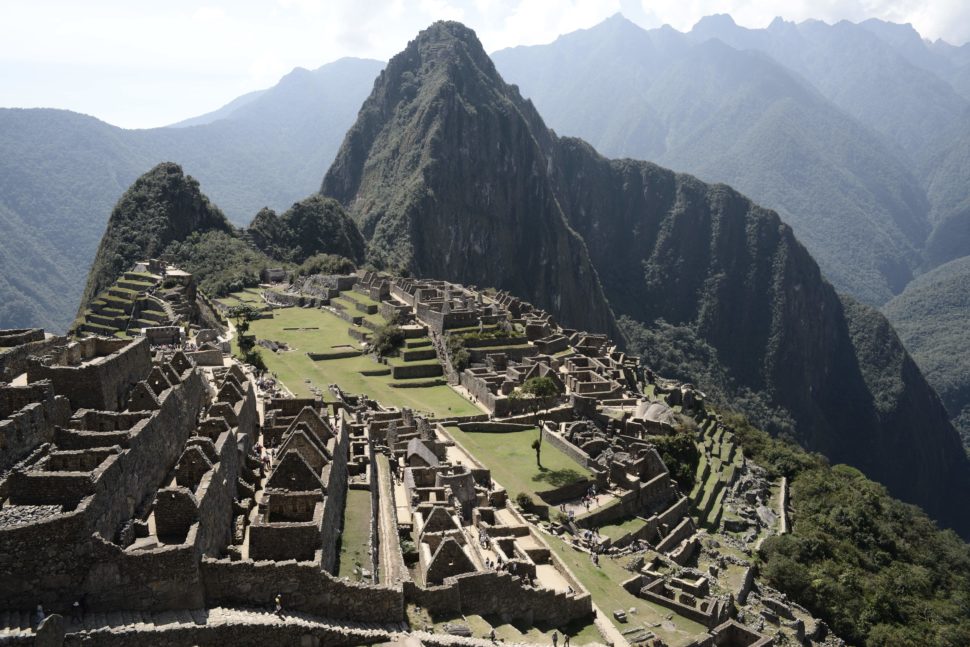
This modern list of wonders was compiled through a global vote organized by the New7Wonders Foundation in 2007. The goal was to update the original ancient wonders list with awe-inspiring modern sites and monuments chosen by millions of voters. The new seven wonders include the following architectural and archaeological marvels: Chichen Itza, Christ the Redeemer, the Great Wall of China, Machu Picchu, Petra, the Roman Colosseum, and the Taj Mahal. The selection of the new wonders is still debated, but the existing lists highlight the most unforgettable monuments human civilization has produced through the centuries.
What Is the 8th Wonder of the World?
The 8th Wonder of the World is a term used to describe extraordinary and awe-inspiring natural or man-made wonders beyond the traditional Seven Wonders. The concept can vary based on personal interpretations and preferences, encompassing a wide range of remarkable phenomena or achievements that capture people’s imaginations.
The Seven Wonders of the Ancient World and the more recent New Seven Wonders selected in 2007 are intended to showcase the ingenuity and ambition of past and current civilizations. Impressive engineering, grand scale, unique cultural significance, and universal fame are some of the criteria used to select these wonders.
Several structures, technological achievements, and archaeological sites that fit this criteria stand out as contenders and in most debates for the title of the 8th wonder.
The Great Pyramid Complex at Giza
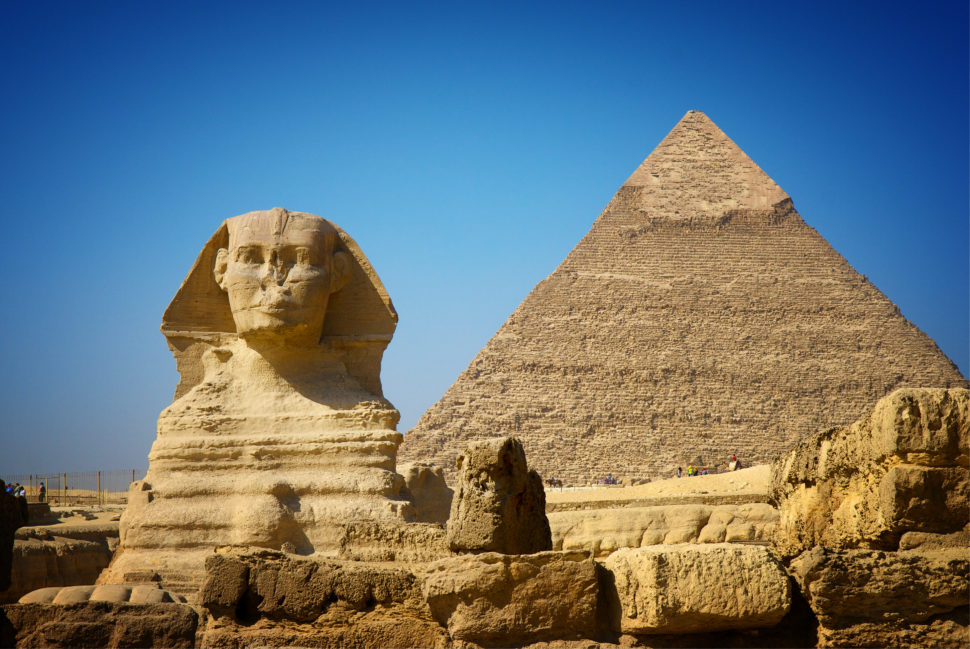
The pyramids of ancient Egypt have fascinated mankind for centuries. While the Great Pyramid is the only surviving original wonder, some propose the entire Giza pyramid complex deserves the honor. The mammoth scale of the pyramids paired with the mystery of how the ancient Egyptians constructed them using primitive tools fuels that sense of wonder. The adjacent Sphinx monument, perfectly sculpted from stone, adds to the majesty.
The Internet

It is hard to overstate how much the internet transformed modern civilization. By connecting people across the world instantaneously, the global network accelerated the exchange of information and ideas in ways unimaginable just decades ago. The internet continues rapidly evolving. Its profound impact on how we live, work, govern, create, and relate to one another leads many to insist it deserves recognition as a world wonder.
The Golden Gate Bridge
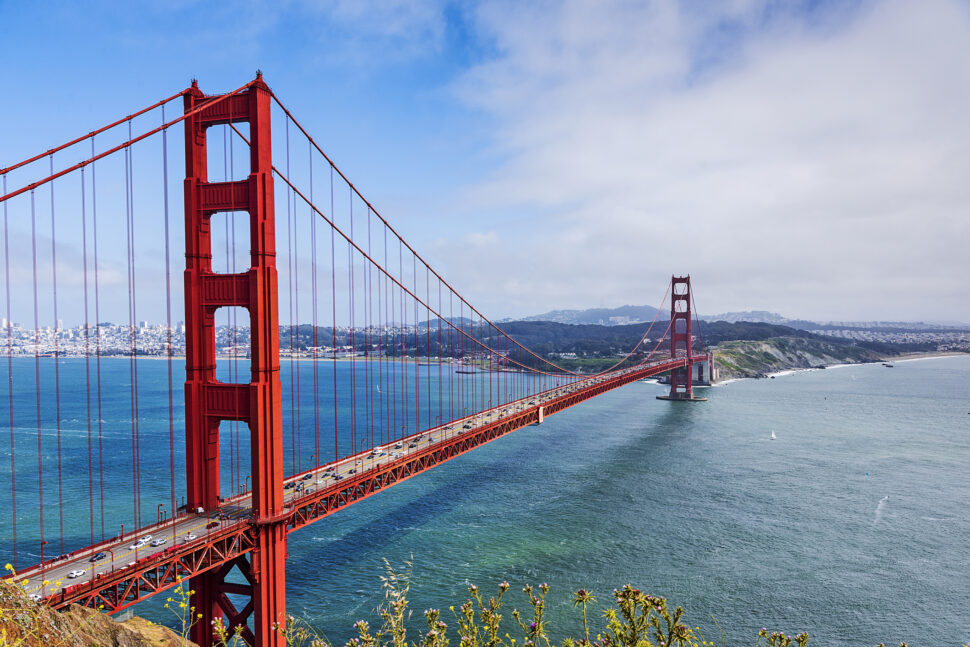
Sometimes human-made wonders elicit awe through their staggering beauty just as much as their engineering. The Golden Gate Bridge, spanning the entrance to San Francisco Bay, offers a sublime visual grace and harmony. As a symbol of innovation linked to the natural landscapes it complements, the Golden Gate awes all who gaze upon its art deco arches.
The Hubble Space Telescope

By revealing the farthest reaches of our universe, Hubble has revolutionized astronomy and changed our relationship to the cosmos. Its crisp, vibrant images of stars, nebulae, and galaxies will forever alter how we understand and navigate the universe. Hubble allows humanity’s sense of wonder at space to evolve and expand.
The Grand Canyon
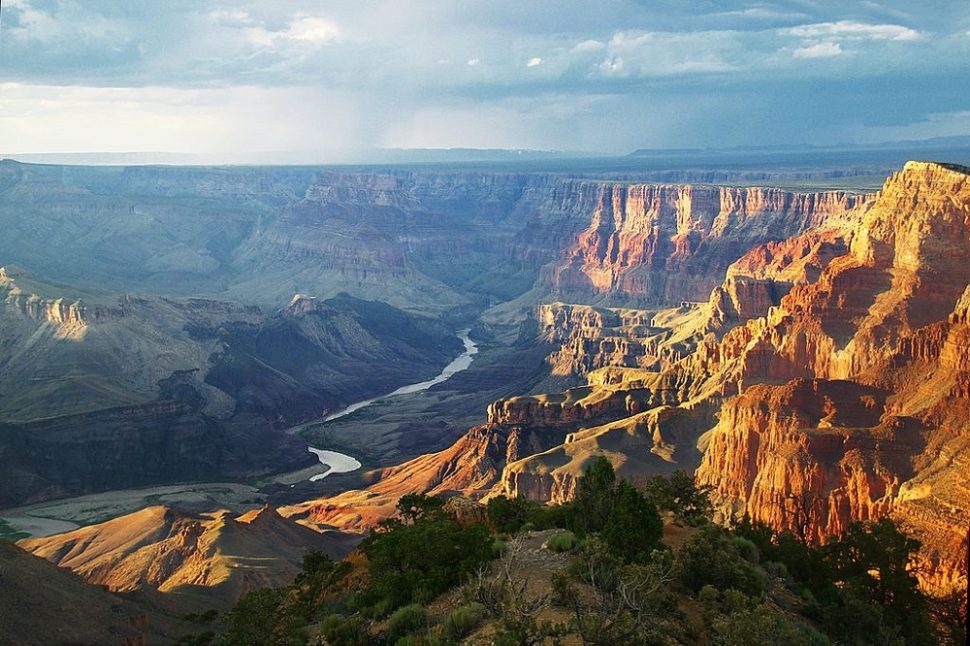
The Grand Canyon, a monumental geological formation carved by the Colorado River, often garners nominations as the eighth wonder. Its immense size, breathtaking beauty, and geological significance have left millions in awe of the forces that shaped it over millions of years.
The Burj Khalifa
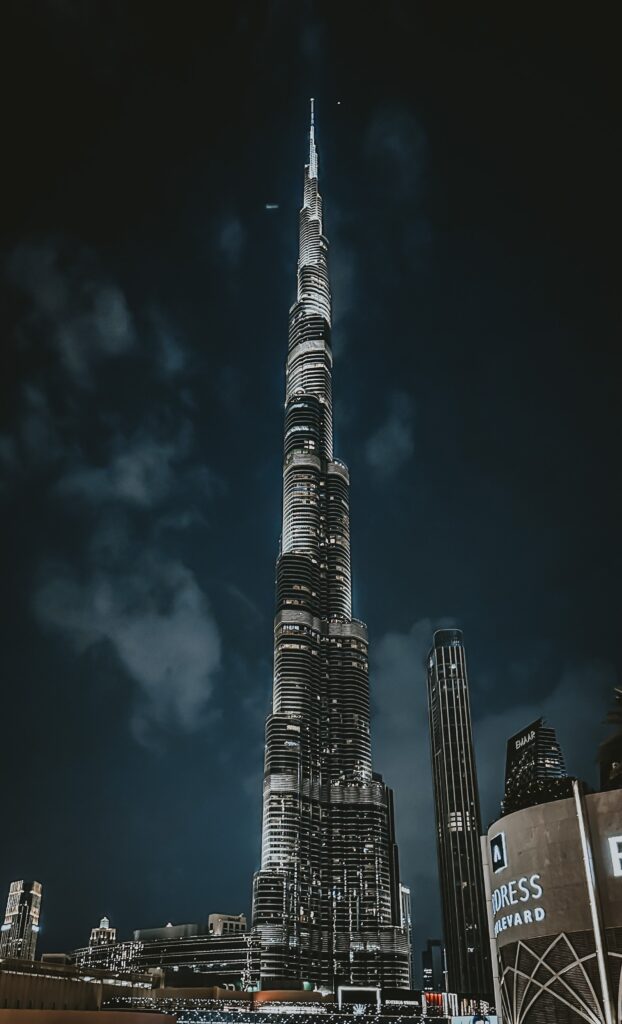
At a staggering 828 meters (2,717 feet) in height, the Burj Khalifa is not merely a skyscraper; it’s a soaring testament to the relentless pursuit of architectural excellence. Rising like a gleaming needle into the azure Arabian sky, this iconic structure has not only reshaped Dubai’s skyline but has captured the world’s imagination. The Burj Khalifa stands as the world’s tallest building, boasting a design that is as elegant as it is awe-inspiring. Its sleek, modern architecture pays homage to the region’s rich cultural heritage while simultaneously pushing the boundaries of what’s possible in engineering and construction.
The City of Dubai
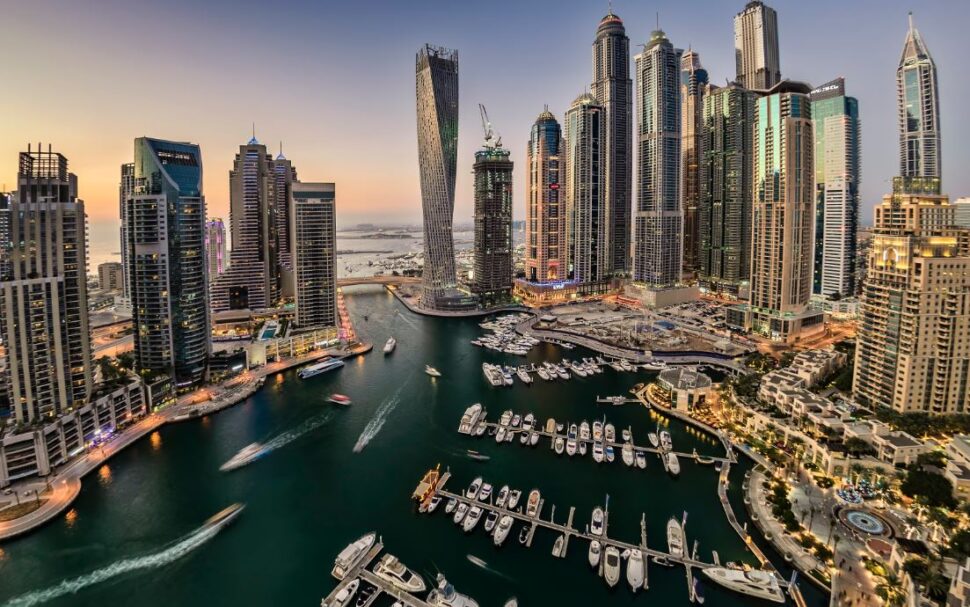
Dubai is a city of superlatives in every sense. Its skyline is punctuated by gleaming glass and steel towers, luxurious hotels, and artificial islands. Yet, what sets Dubai apart is not just its architectural marvels but its unyielding spirit of progress and the boundless vision of its leaders.
From Palm Jumeirah, an artificial island that resembles a palm tree and is home to some of the world’s most luxurious resorts, to the Dubai Mall, a shopper’s paradise and an entertainment wonderland, the city offers experiences that defy convention. It’s a place where the impossible becomes possible.
